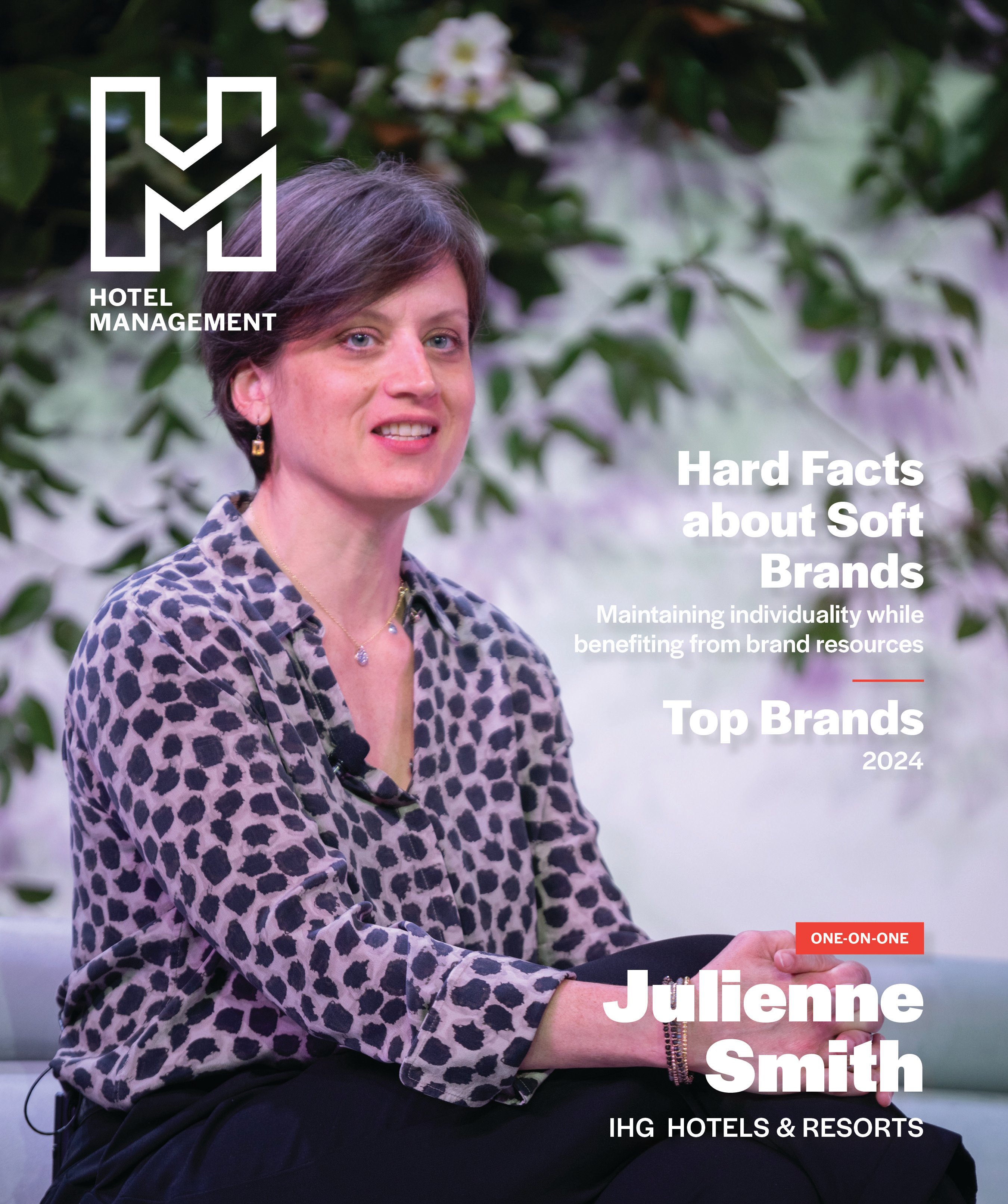Houston-based procurement company Curve Hospitality specializes in working with hoteliers and brands alike on design projects, overseeing everything from interior concepts to procurement services to manufacturing.
The company first took shape in 2009 when founders Mickey Sidhu and Sargent Khan saw a need for hotel furniture, fixtures and equipment at a “reasonable cost,” said Hitesh (HP) Patel, the company’s COO. “There weren’t many options out there at that time,” he recalled. In those early days, Curve catered to independent and “lower budget” hotels, acting as a one-stop-shop that would oversee interior design, purchasing and manufacturing. “You’d have one person in house and one project manager. That's how we started—and then it just grew and grew.” As the company gained ground, the leadership team realized that its clients might need design services but already have a relationship with vendors and not need procurement services. To keep its silos distinct, 10 years after opening, Curve broadened its reach, adding the CH Design Studios design firm and spinning out its manufacturing division into Andaaz Manufacturing.
Fourteen years after launching, Curve has not only increased the number of services it provides but exponentially increased the number of projects. In its first year, Curve worked on 10 hotels, Patel said. “This year, we're expected to do about 450 hotels. We're doing the whole interior design, the purchasing and the manufacturing.” And while the company initially focused on smaller projects when the team first got started, Patel estimates that 80 percent of its businesses today is with big-box branded upscale hotels as well as timeshares and vacation rentals. Its three divisions have approximately 85 team members in different offices across the company’s Houston headquarters, he added.
The Curve Process
When the Curve team starts working with a client, they first go over the property-improvement plan or the new-construction plan to develop a rough proposal. “Our estimation team will start looking through the whole set of plans—or, if it's a PIP, go through and dissect the PIP on what's required for the hotel for the interior side,” Patel said. Once the client agrees to the costs, the interior design team steps in. “We'll go through and look at all the content in their area—which hotels have been renovated, which hotels are new construction, which hotels are older than [the client’s].” Using 3D renderings, the team will create a model room with a range of color and style options that the client can approve.
From there, the team submits the model to the brand for approvals—“And 99 percent of the time, the brands will come back and say ‘Hey, we need to change something on this part’ or ‘We need to add something.’ So there's always back and forth, but it's very minimal back and forth.” Once the design has been approved, the team begins placing orders for all the components. “You need your flooring, wall coverings, all that stuff first,” Patel said. The team also will hold weekly calls with the general contractor, superintendent, ownership group and the project manager from Curve to make sure everyone is up-to-speed on progress or aware of any delays in any part of the process. Patel said it can take between 12 and 15 weeks from the time an order for pieces is placed until it is manufactured and delivered on-site. “Carpeting, wall coverings, artwork—all that will start coming in earlier because that doesn't take that long to manufacture.”
As the various components arrive onsite, Curve’s field team builds a model for each guestroom type at the hotel. The team returns just ahead of opening since scratches and scuffs are inevitable during the installation and pre-opening process, especially on casegoods, Patel noted. “We want to make sure that everything is done properly,” he said.
Logic in Logistics
Curve Hospitality’s different divisions are spread across different spaces within “one big building” to keep teams together, Patel said. But even as they work in different offices, there is plenty of communication among the groups. “Every week, we'll have a meeting [on] Monday morning. We’ll [have] a call to make sure everyone's on the same page—if we have clients coming in or if we're traveling, [we’ll share] where we're going.” The teams also touch base on Thursdays to recap the week and make sure everyone has followed up on any leads, worked out contingencies or secured any outstanding retainers. “We just want to make sure everyone's on the same page,” Patel said. “All three departments, all three companies, are working hand in hand.” The project manager, meanwhile, works with Curve, CH Design Studios and Andaaz Manufacturing are all on track—“once it's gone through design, make sure it goes into procurement, then it goes into manufacturing.”
Clicking with Clients
Curve secures leads at brand conferences and at major industry events like The Hospitality Show. Once they have leads in place, they work to build up a relationship. “And we have a huge showroom in our office, so clients can come in and see the various brands.” The showroom has model rooms for different brands so potential partners can “touch and feel and look at the product” without having to go to a range of hotels. “We’d just rather have them come to our showroom, visit with our team and get a feel of the company, too—we're not a fly by night company. We actually have a huge structure behind us as well.” Patel said he knows clients won’t make decisions right away—and the Curve team even encourages careful consideration. “We know there's a lot of competition out there and we always tell all our clients, ‘We're not the only place that you can get pricing from. Go do your due diligence—and then come back to us.’”

